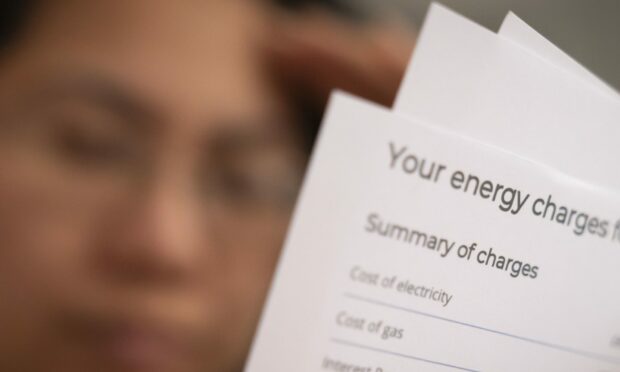Consumers across Scotland will likely spend an extra £21.13 per week on food and energy in April this year when compared to March 2021.
This amounts to around £1,100 more per year, according to estimations carried out by Which.
They carried out a survey asking 1,000 Scots what they were most worried about when it comes to the cost of living crisis and what they are doing to combat the ongoing rises.
It was found that the vast majority of people, 86%, are most worried about rising energy prices. For 81% of people, rising fuel costs are a worry, and 77% are worried about the rising cost of food.
Cost of living impact already being felt
For some, the rising cost of living isn’t something they need to start preparing for, but rather something they are already feeling the impact of.
Two thirds of people, 67%, said they had already noticed a rise in food prices.
In terms of energy, 55% of people said they were already paying an increased amount, with 16% even saying their energy provider had gone bust.
Skipping meals
Of the 1,000 people who carried out the survey by Which?, many had already started making changes to their habits in order to combat the rising prices of energy and food.
Nearly half said they were turning their heating on less, with many also buying cheaper brands of food, reducing their use of electrical appliances and shopping around before purchasing.
Around one in eight people had even gone to the extreme of skipping a meal to deal with the rising cost of food.
Rocio Concha, director of policy and advocacy at Which?, said: “Our research shows that rising energy, food and fuel prices are key concerns for Scottish consumers.
“Many more households will need support as energy bills and other costs rise in the coming months. Businesses and regulators – as well as the UK and Scottish governments – must work quickly to ensure they are ready to support anyone struggling to make ends meet.”
Scotland behind on broadband speeds
Which? also conducted research into broadband speeds across the UK and found that Scotland is lagging behind some other countries.
The average fixed download speed in Scotland is 73.7Mbps compared with 88.5Mbps in England and 82.7Mbps in Northern Ireland.
Within Scotland itself, Aberdeen was found to have the slowest internet as a whole. Here, 66% of areas have an average download line speed of less than 64Mbps, whereas in Edinburgh this is only 11% and in Glasgow 29%.
Which? is calling on the UK government be more transparent about when people living in rural areas might gain access to better connectivity.
Ms Concha said: “Which?’s report also highlights the disparities in broadband connectivity across Scotland.
“The UK government must give further clarity about when those living in the hardest-to-reach areas can expect improved connectivity.”
